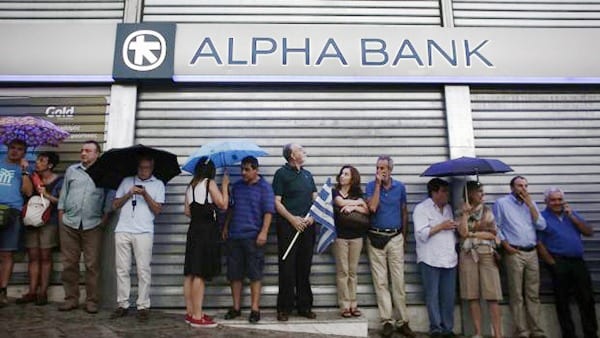Negative Interest Rates in Europe: A New Trend
Negative interest rates in Europe have become a defining feature of the continent’s economic landscape. While the concept may seem counterintuitive, it has been a response to unique challenges and economic conditions. In this comprehensive exploration, we will delve into the world of negative interest rates, examining their origins, impact on financial systems, and the ongoing debate about their effectiveness.
Understanding Negative Interest Rates
Negative interest rates, a phenomenon where central banks charge financial institutions for holding their excess reserves, represent a departure from conventional monetary policy. The European Central Bank (ECB) and several other European countries have ventured into this uncharted territory as a tool to stimulate economic growth and combat deflation.
As we delve into the intricacies of negative interest rates, we’ll unravel the key factors that led to their adoption in Europe.
The roots of negative interest rates can be traced back to the severe economic challenges Europe faced during this period. Slow economic growth, high unemployment rates, and the looming threat of deflation were pressing issues. To combat these challenges and spur economic growth, central banks turned to the unconventional strategy of negative interest rates.
The mechanism behind negative interest rates is relatively straightforward. When central banks impose these rates, they penalize commercial banks for hoarding excess funds. This penalty creates an incentive for banks to lend money to businesses and individuals, as the cost of keeping reserves in central bank accounts erodes their profitability.
However, the implications of negative interest rates are multifaceted. On the one hand, they encourage lending, spending, and investment, which can stimulate economic activity. On the other hand, they pose challenges for banks and consumers alike, impacting profitability and potentially affecting savings and investment decisions. Balancing these factors is essential for central banks as they navigate the complex terrain of negative interest rates.
The Roots of Negative Interest Rates
To comprehend the adoption of negative interest rates in Europe, it’s essential to understand the economic challenges that prompted this unconventional policy. The Great Recession of 2008 and the subsequent eurozone crisis left the European economy grappling with sluggish growth, high unemployment, and the specter of deflation.
Negative interest rates emerged as a response to these challenges, with central banks seeking to encourage lending, spending, and investment in the face of economic headwinds.
The Mechanism of Negative Interest Rates
Delving deeper into the mechanism, we find that when central banks impose negative interest rates, they essentially penalize commercial banks for hoarding excess funds. This encourages banks to lend money rather than hold onto it, as the cost of keeping reserves in central bank accounts erodes their profitability.
While this mechanism aims to spur economic activity, its implications for banks and consumers are complex and multifaceted.
Impact on the Banking Sector
Negative interest rates have a profound impact on the banking sector, particularly in Europe, where banks play a pivotal role in financing the economy. As banks grapple with the costs of negative rates, they may be compelled to pass on the burden to consumers in the form of fees or reduced interest on savings.
We will explore how negative interest rates influence lending practices, bank profitability, and the overall stability of the financial system.
The European Central Bank’s Role
The European Central Bank has been at the forefront of implementing negative interest rates in the eurozone. As a key player in shaping the monetary policy landscape, the ECB’s decisions have far-reaching consequences for member countries.
Understanding the ECB’s motivations, strategies, and challenges in implementing negative rates is crucial to comprehending their broader impact.
Other Stories of Interest
Dow Jones Industrial Average Stocks Soar Slaughtering the Bears
Gold buying Spree Russia & Russian Strength?

China’s corruption crackdown targets both big & small officials
China Corruption: Fast & Furious crackdown
The Big Picture: Lower oil & energy prices
Crude oil price projections: will oil prices stabilize
The Middle Class Squeeze: 4.00 in 1973 equates to 22.41 today
Syria War News: It Is All About Blood, Guns & Money
For Many Americans Great Recession Never Ended
Is VIX pointing to a stock market crash in 2016?
Belt & Road Initiative: Taking China’s culture beyond borders
EU stands to benefit by Granting China free market status
China cuts rates to boost green energy demand

China showcases its culture to the World
Remaking Moscow lures more Chinese investment



